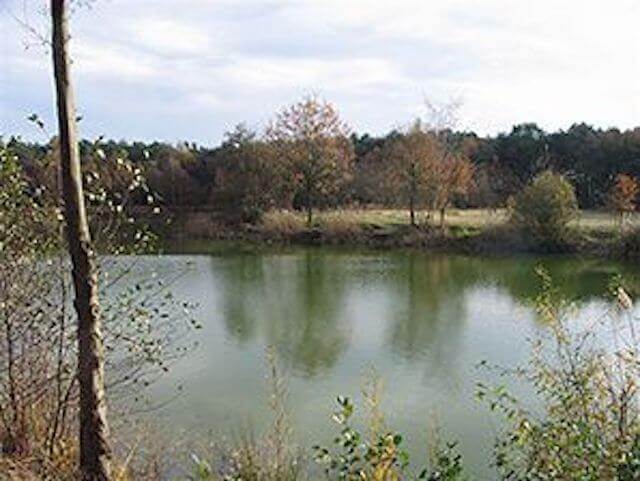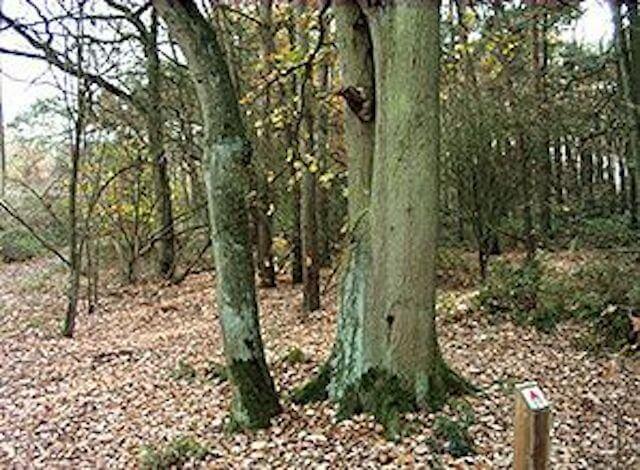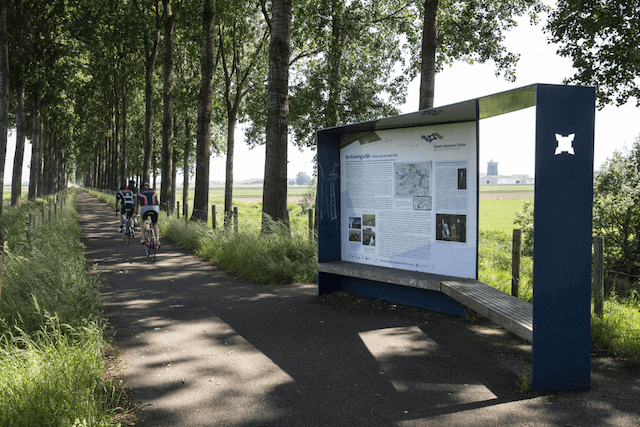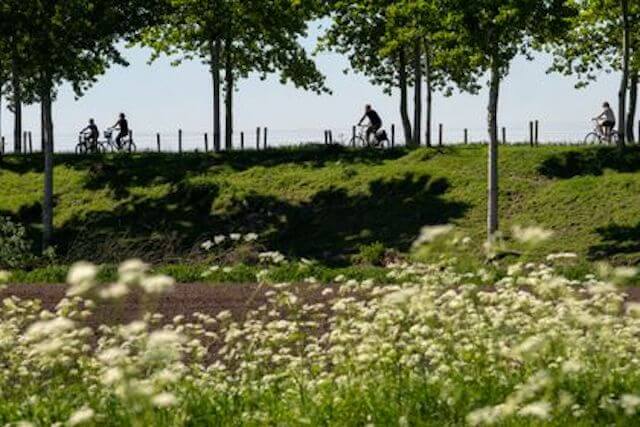
This walk takes you to a point where you have a wide view of the polder landscape with the advancing port of Antwerp in the background. The Krieke Putten nature reserve with various pounds is the next eye-catcher. On the beautiful Koningsdijk you walk further in the direction of Fort Bedmar, where only part of the northwestern wall can still be seen. Via the border village of De Klinge it continues through the Clingse forests back to the starting point.
Distance: 10 km.
Time: 2h30.
Grade: Easy.
Type: Circular.
Gps Track: Yes.
Route description: Yes.
Wheelchair: Not suitable.
Dog: Allowed.
Height gain: Flat.
Trail: Paved and unpaved.
Marking: Walking nodes.
Hiking shoes recommended.
Advertisement.
Koningsdijk.
From the starting point you walk through the entrance of the sports park. Along the Clitexweg and the Opperstraat you walk via node 41 to node 11. Here you have a wide view of the beautiful polder landscape with the advancing port of Antwerp in the background. Over the Blomweg and the Kriekeputdreefje you arrive at the nature reserve Krieke Putten with various pounds, water features where the water wells up from the sandy soils. On the Koningsdijk you walk in the direction of the former Fort Bedmar. There is now a camping site at this place. At node 40 you walk on the Warandewegel to the center of the Belgian municipality of De Klinge. At node 65 you walk a through the Clingse forests. Via the Teerlingstraat and over the grounds of the De Sterre care institution and the De Cantecleerhoeve petting zoo, you will return to the starting point.
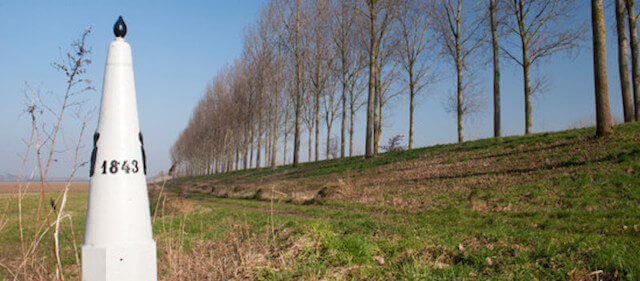
Download PDf for route description.
POI 1 - Krieke Putten.
The Krieke Putten are remnants of dyke breaches at the end of the 16th century. They are also known as the Weelkens. These weelkens were created in 1952 after a dike breach.
No additional information.
POI 2 - Fort Bedmar.
In the late 17th century, the French King Louis XIV sought power in the Low Countries. He encounters fierce resistance. The result is the Franco-Dutch war, but Flanders is also drawn into the conflict. The Spanish Marquis of Bedmar builds an extensive defensive line from Knokke to Kallo. The name of 'Camping Fort Bedmar' betrays that a fort once stood here. Today only part of the northwestern wall can be seen. Cobblestones in the road indicate the locations of the former canals. Not far from the Fort Bedmar is the 'Spanish Quarter'. This hamlet of Sint-Gillis-Waas is reminiscent of a Spanish fort that stood here during the Eighty Years' War, as a defense against the States.
No additional information.



